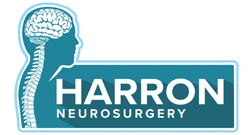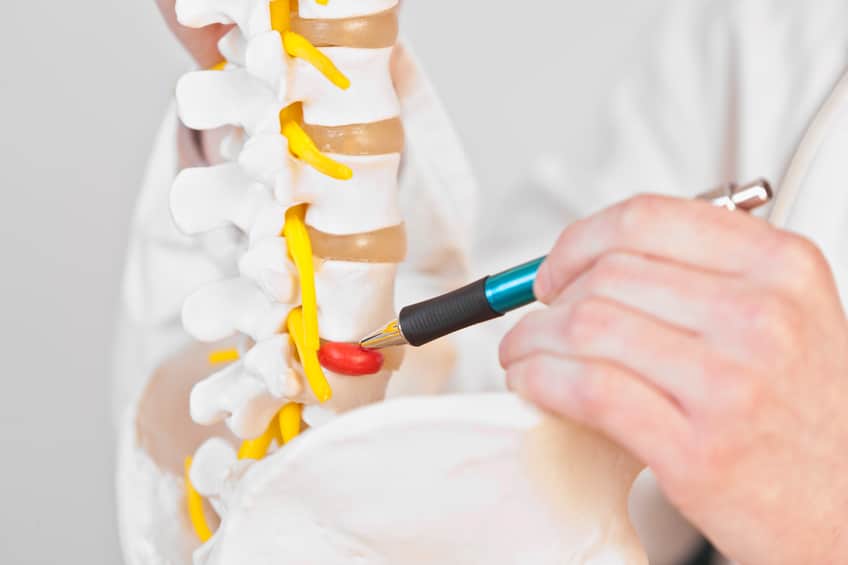 What is Herniated Disc?
What is Herniated Disc?
According to the Mayo Clinic a herniated disc “refers to a problem with one of the rubbery cushions (disks) between the individual bones (vertebrae) that stack up to make your spine.” Your spine is made up of 26 bones called vertebrae and in between them are soft disks filled with a jelly-like substance. These discs cushion the vertebrae and keep them in place. A herniated disk is a disk that ruptures. This causes the jelly-like center of the disk to leak, irritating the nearby nerves.
The condition is also commonly referred to as a slipped disc or ruptured disc, and can occur anywhere in the spine. A herniated disc is a prevalent source of neck, arm, back, and leg pain.
What are the Symptoms of a Herniated Disc?
In some cases, a patient can have a herniated disc without knowing it — they problem sometimes show up on spinal images of people who have no symptoms of a disc problem. But some herniated disks can be painful. Most herniated disks occur in your lower back (lumbar spine), although they can also occur in your neck (cervical spine).
The most common signs and symptoms of a herniated disk include:
- Arm or leg pain. If your herniated disk is in your lower back, you’ll typically feel the most intense pain in your buttocks, thigh and calf. It may also involve part of the foot. If your herniated disk is in your neck, the pain will typically be most intense in the shoulder and arm. This pain may shoot into your arm or leg when you cough, sneeze or move your spine into certain positions.
- Numbness or tingling. People who have a herniated disk often experience numbness or tingling in the body part served by the affected nerves.
- Weakness. Muscles served by the affected nerves tend to weaken. This may cause you to stumble, or impair your ability to lift or hold items.
Treatment for Disc Herniation
At Harron Neurosurgery, we prefer to use a conservative treatment plan to restore the health and function of your herniated disc. Depending on the severity of your symptoms, Dr. Harron may suggest watching and waiting or an observation period. During this time, if your pain is bearable and your symptoms do not progress, modifying your activity to include rest and stretching may be all that is needed to alleviate your pain and get you back in action. After a reasonable time off from daily exercise or activities, you can gradually work up to more mobilization. The more closely you follow your doctor’s instructions, the more positive outcome you will experience.
When pain is moderate and very limiting to your daily activities, the next option is to treat the pain with a non steroidal anti-inflammatory drug or an NSAID. Your doctor may prescribe you an NSAID or recommend an over-the-counter NSAID to take for a few days to decrease your pain level. It is very important to follow your doctor’s instructions when taking any medication.

 What is Herniated Disc?
What is Herniated Disc?